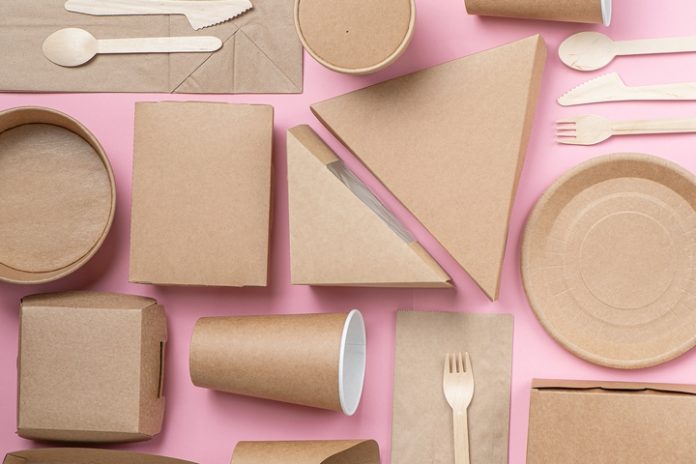Every food inevitably spoils. The time between now and then is a ticking clock for a seller to successfully move the product from off the shelf and into the hands of the consumer. Food packaging plays a key role in maintaining the quality of the food it holds. In fact, some food packaging increases shelf life in some pretty interesting ways. This lowers costs, increases sales, and is most convenient.
The best food packaging to increase shelf life will be those that tackle the true threats to food, including microorganisms, naturally-presenting enzymes, air and oxidation, light, pests, physical damage, deterioration due to temperature, and time.
The wrong packaging can prove damaging to a brand. The food it contains can see a visual change in color or texture which is most unappealing to consumers. Furthermore, taste and nutrition changes at the end of a food’s shelf life. This may not be inherently noticeable on consumption, however, it’s true. Food degrades over time. What you do with your packaging should preserve as much of your food product as possible, in nutrition, taste, look, and intent.
Few companies change their food packaging over time to increase shelf life, however, some choose to. This can be the meet the demands of travel and transportation to new territories. Different quality or safety regulations may also necessitate a change in food packaging. Achieving the right shelf life is challenging but through prior investigation and assessing characteristics of different package options, it’s more than possible to settle on something appropriate.
Here are nine ideas to use for food packaging to increase shelf life:
1. Dry & Seal Packaging
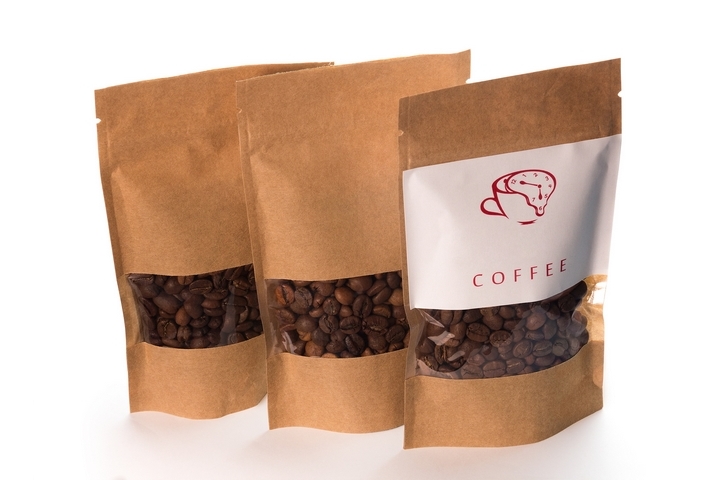
Microorganisms need moisture to live and grow. So many foods can be packaged dried and sealed. Think potato chips. Any moisture is kept out while the food inside has been thoroughly dried. Cereal and many similar dried foods take a similar approach to moisture-protectant packaging.
2. Vacuum Packaging
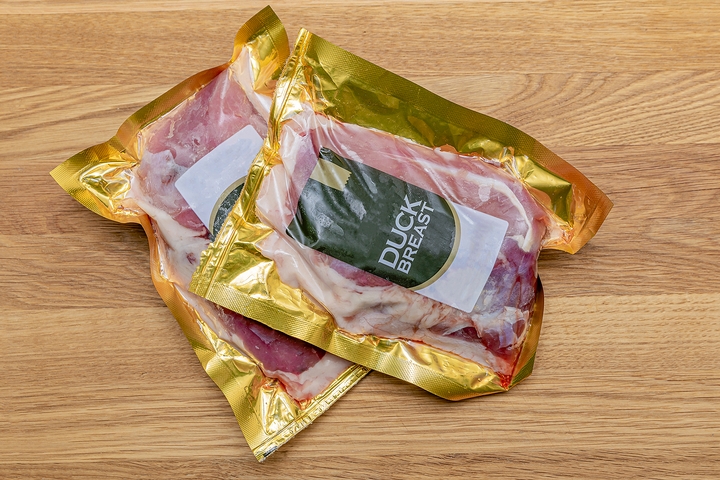
To the last point, this often involves vacuum packaging. You remove as much air as possible and then seal it. This secures low oxygen permeability. Some foods need oxygen to stay fresh. If a product doesn’t need oxygen, vacuum packaging is strongly recommended.
3. Permeable Packaging
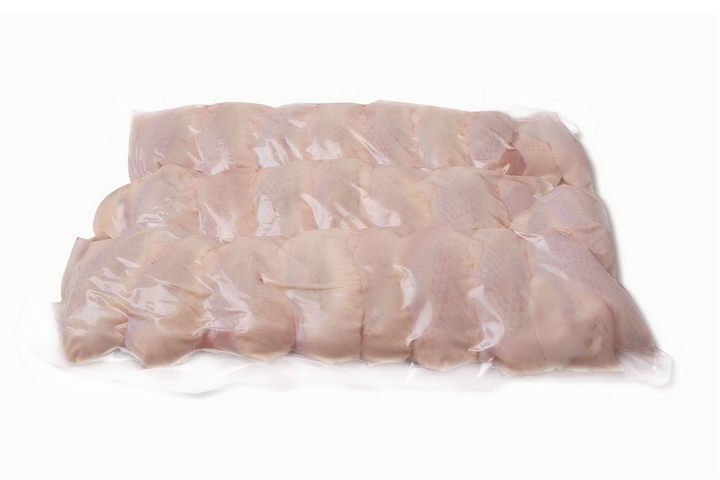
A food that needs air to remain fresh needs permeability in the food packaging. This can be designed in a way to include tiny holes or be a more permeable fabric. Having the right permeability relies on knowing the rate of oxygen transmission of a given food.
4. Frozen Food Packaging
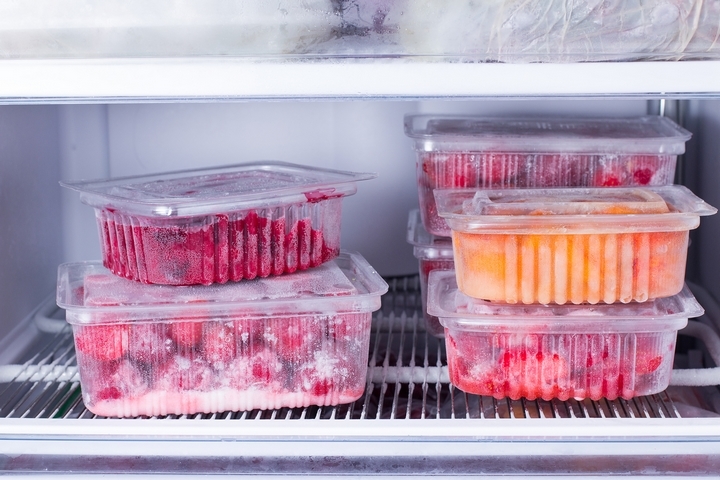
When a food is frozen, the growth of microorganisms is stopped in its tracks. It also slows down enzyme activity. As we switch to frozen food packaging, the parameters of how to package changes. For fruits, vegetables, and meats, this is an option that one may want to examine.
Ideal temperature varies per food product. Packaging plays a key role in keeping a good at a correct temperature. Although no specific recommendations can be made in this article, examine product in the same category as you for inspiration. Chances are they’re using a packaging with temperature control as a feature.
5. Hot-Filling in Glass or Plastic
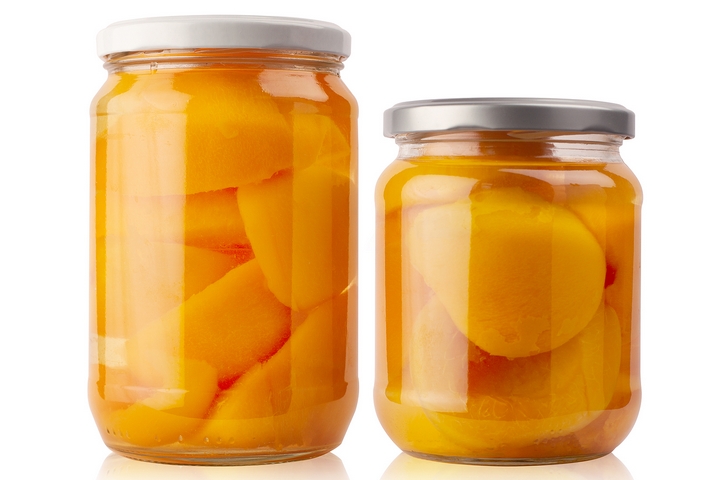
Hot-filling uses heat to destroy microorganisms and sterilize. It is used to maintain long shelf lives across juices, jams, soups, sauces, syrups, and spreads. How it works is you heat the product. Placing it inside a glass or hard plastic, you then cap it before it starts to cool. This creates a vacuum-esque seal that protects all that’s inside.
6. Metallized Foil Barrier
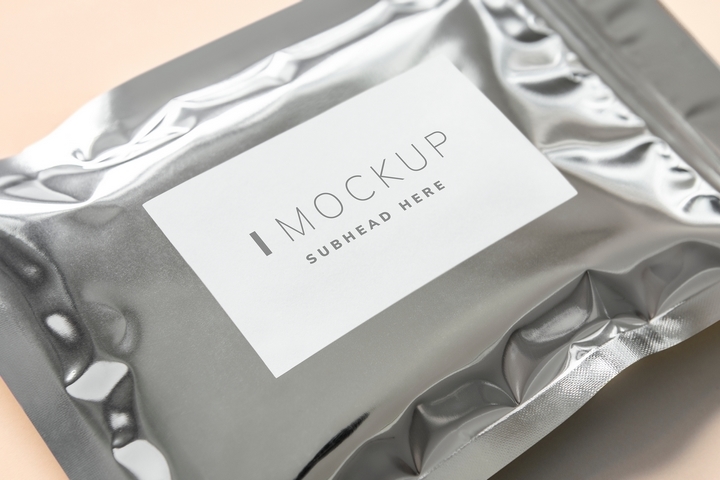
A metallized foil barrier can protect a food from moisture, oxidation, and other issues. Foil barriers are used in meats, frozen foods, dried foods, snacks, spices, powders, and liquids to keep the freshness intact.
7. Clear Sealed Barrier
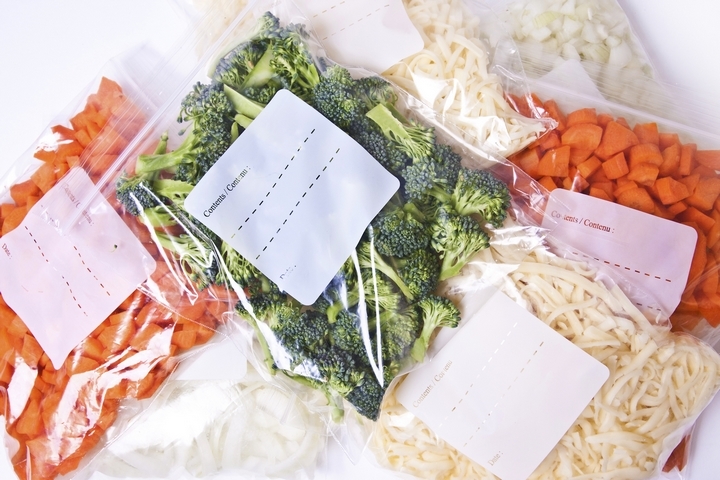
A clear sealed barrier provides a lot of the benefits of a metallized foil barrier, protecting against oxygen, moisture, and odors. A shopper can also see the food inside. This type of packaging is flexible, strong, and varies in clarity.
8. Compostable Packaging
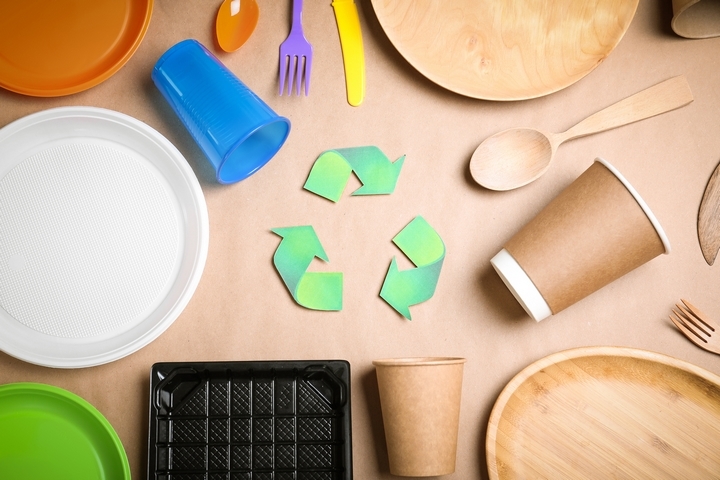
In an effort to make more eco-friendly food packaging to increase shelf life, new compostable packaging such as films for fresh produce have hit the market. Performing like conventional packaging and plastics, the film decomposes once disposed of in soil with no toxicity, microplastics, or pollutants involved.
9. Modified Atmosphere Packaging
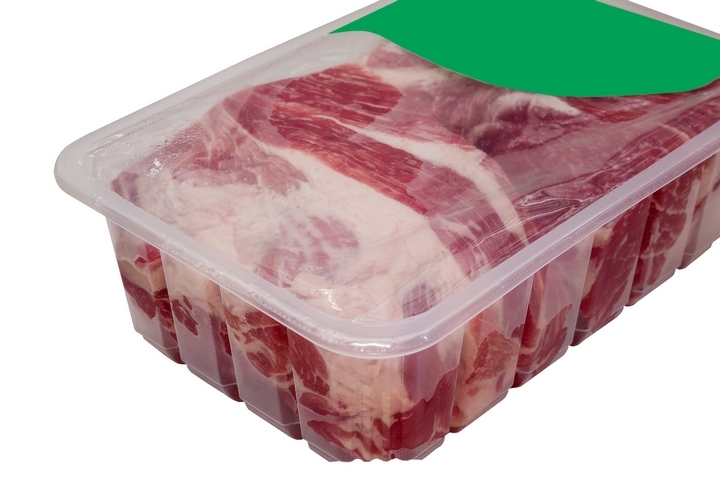
Modified atmosphere packaging replaces the air in a food package with another gas to eliminate oxygenation. This is in part why opening some food packaging reveals a scent you wouldn’t expect. This gas mixture must be compared to the product as well as the packaging material to ensure does not compromise the safety of the food.
Oxygen absorbers can be added to sealed food packaging to prevent microorganisms and protect against insects. These are often an iron powder that works to absorb oxygen. Natural antioxidants work in the same way.

